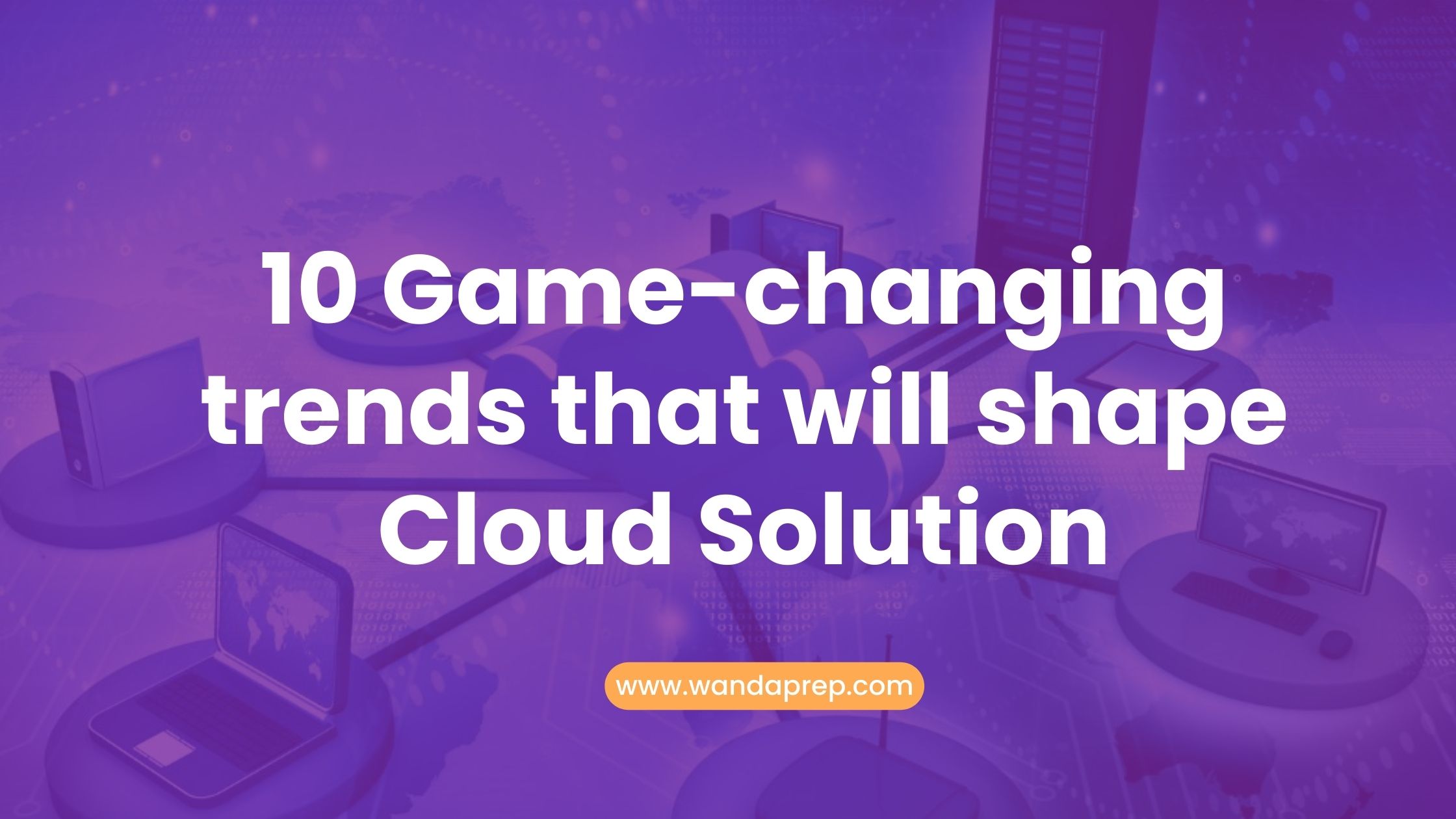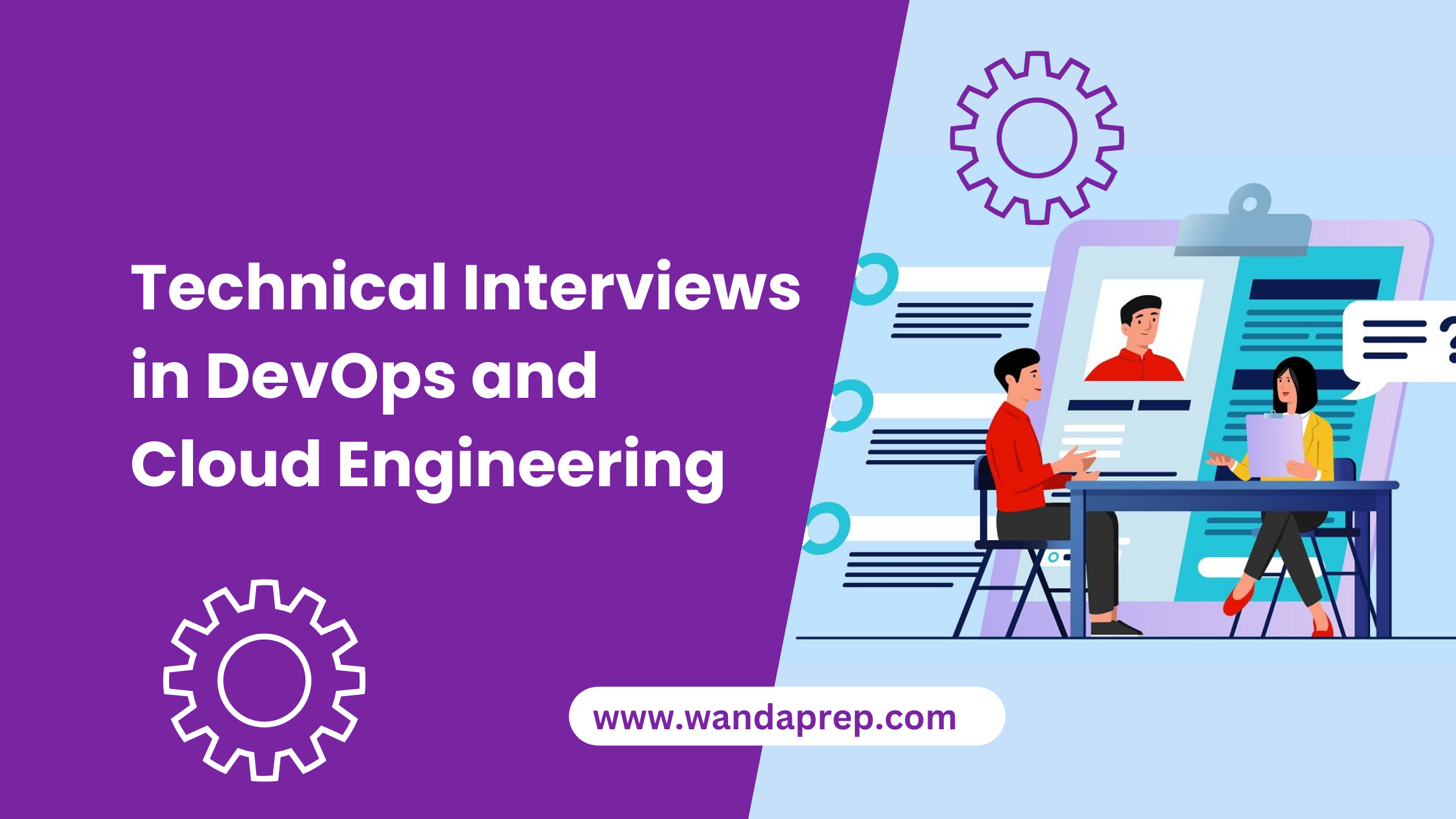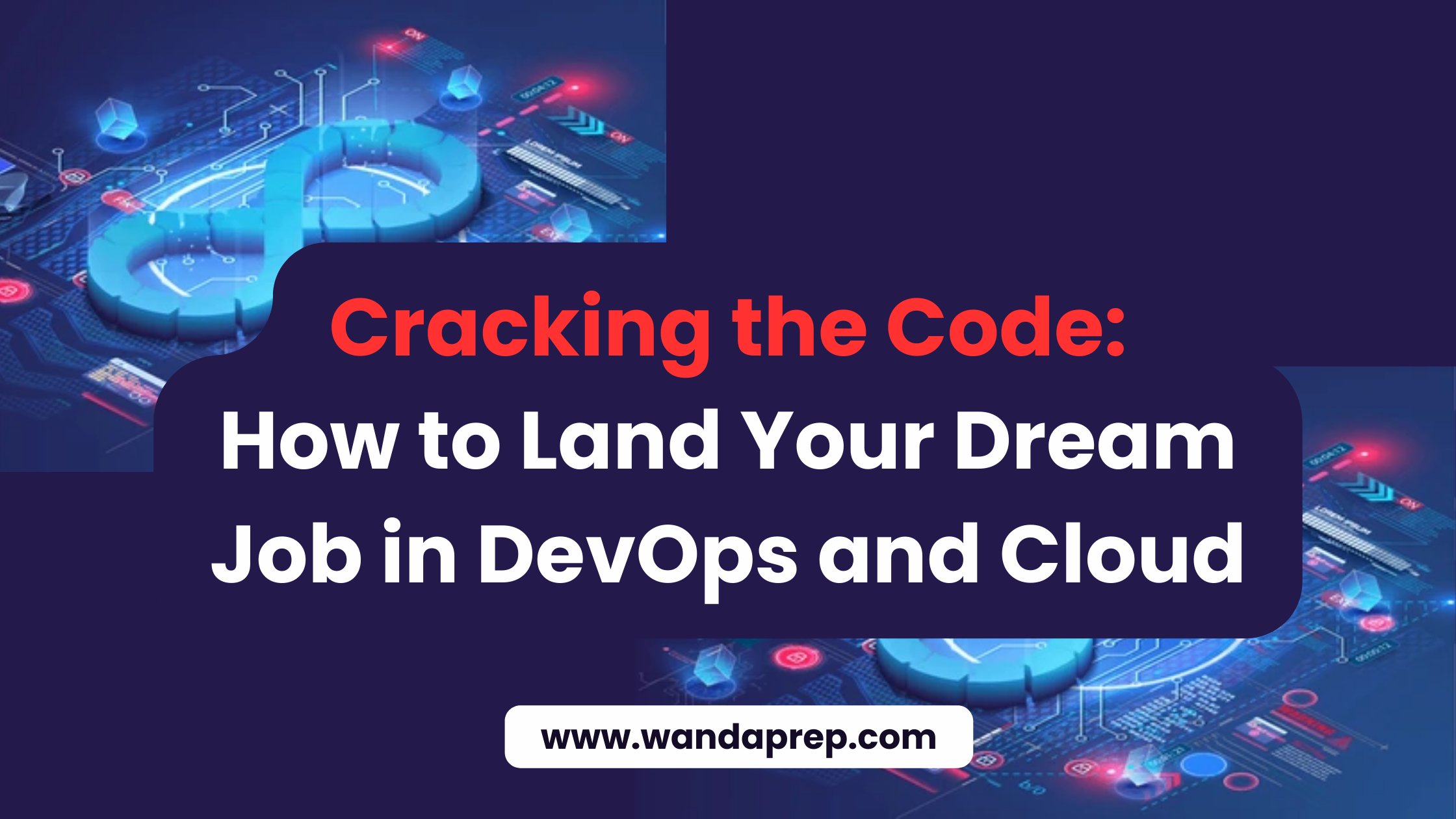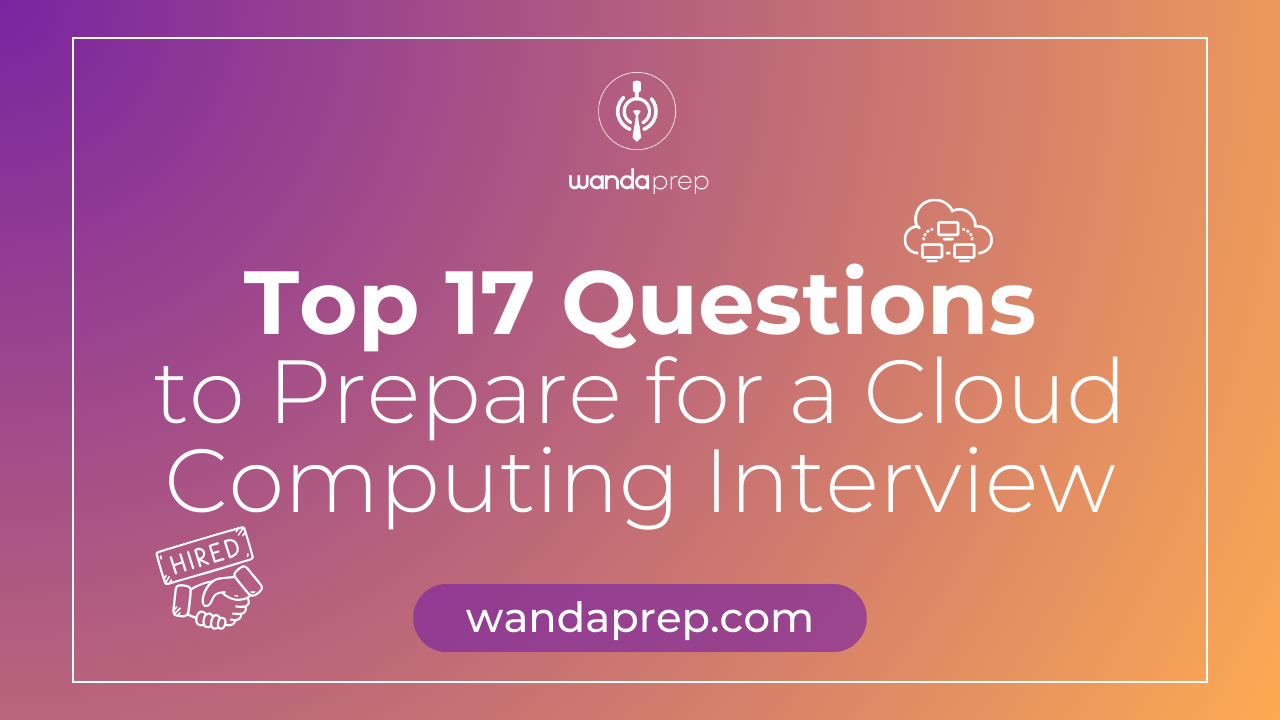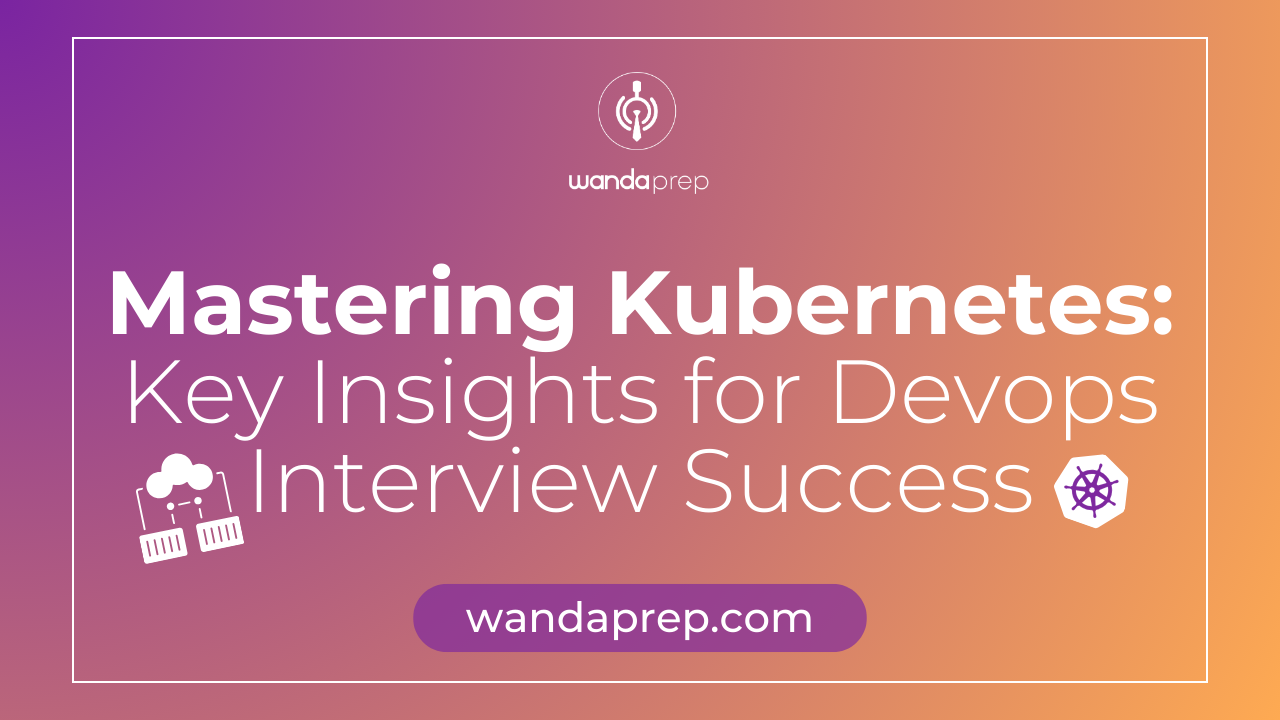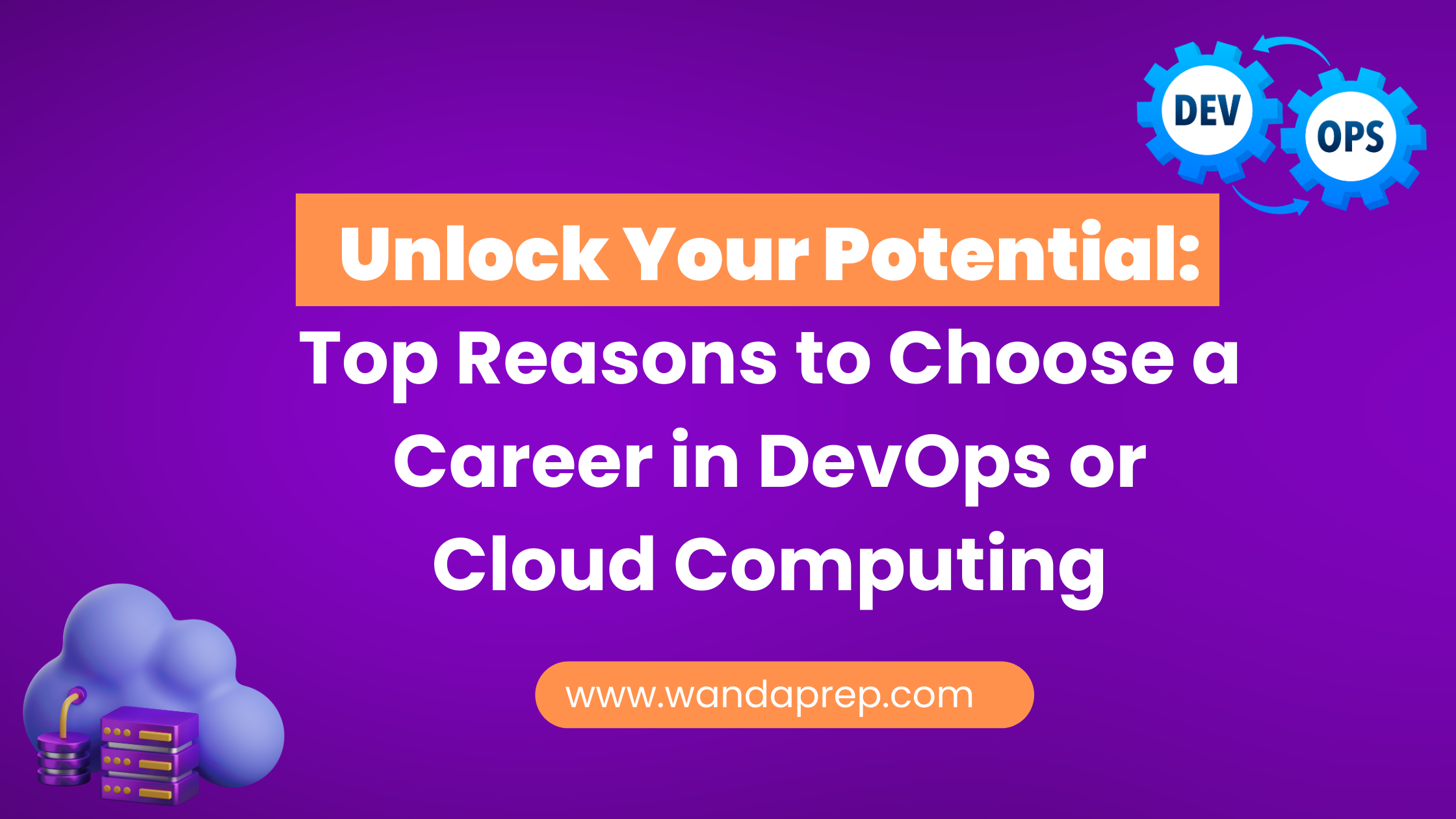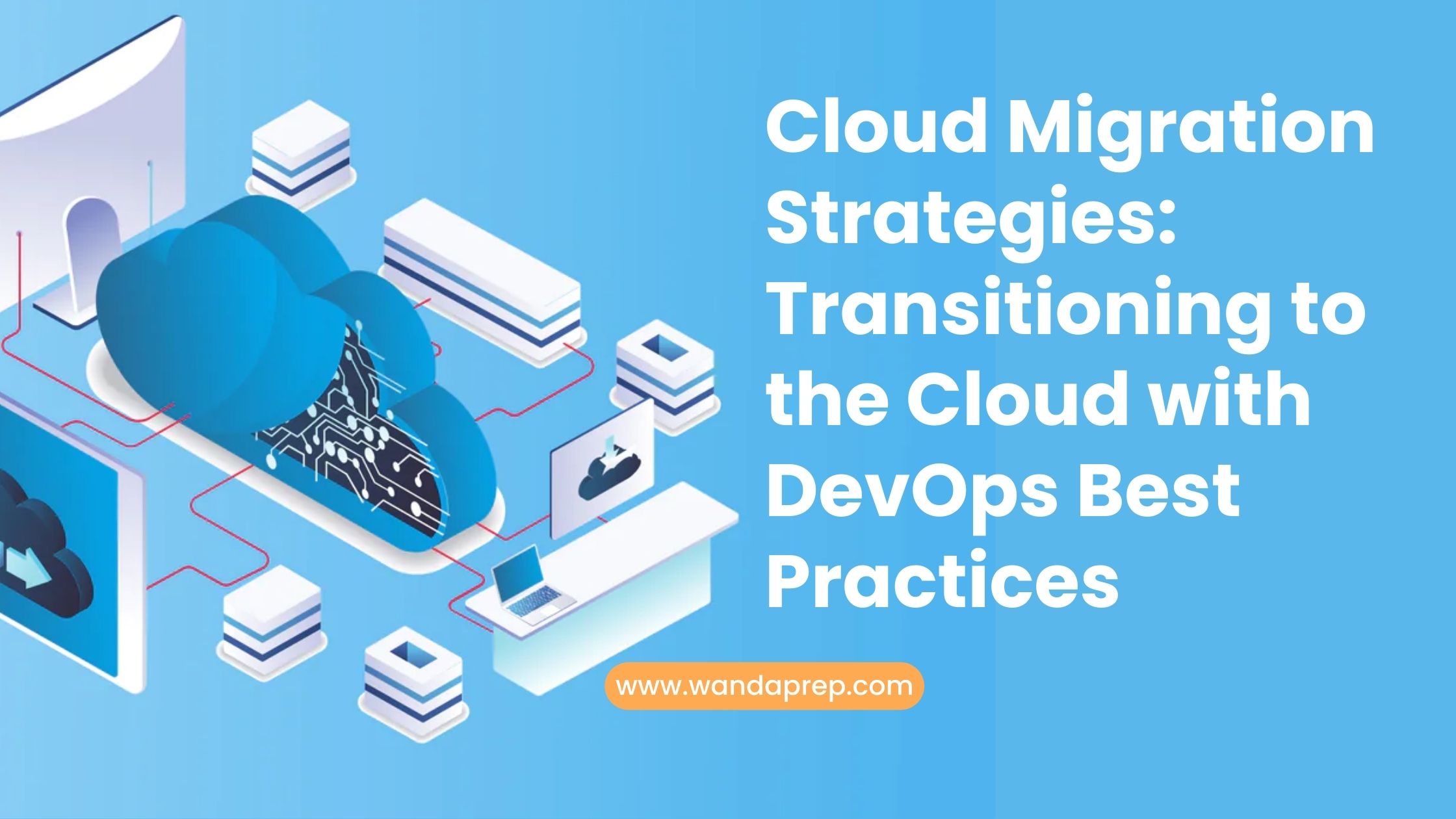Introduction
Cloud computing has revolutionized the way businesses operate, transforming both the technological landscape and business strategies. As we approach the end of 2023, it’s essential to explore the exciting trends that will shape the future of cloud solutions. In this blog post, we delve into ten game-changing trends projected for 2024 and beyond.

1. Cloud and AI: A Powerful Duo
AI-as-a-Service: Organizations can now leverage cloud services like Google Cloud AI or Microsoft Azure AI to develop and implement AI-driven applications without the need for extensive custom infrastructure. This democratization of AI technology opens up new possibilities for businesses of all sizes.
Cloud Computing and AI Integration: The integration of AI with cloud computing is transforming the business landscape. Cloud providers offer services that abstract complex infrastructure management from valuable services such as machine learning and AI modeling. Cloud-based AI is built on a pay-as-you-go model, allowing businesses to optimize resource utilization and scale up or down as needed.
2. Multi-Cloud and Hybrid Strategies
In 2024, organizations are increasingly adopting multi-cloud and hybrid cloud strategies to optimize performance, reduce vendor lock-in, and enhance flexibility. Here’s a breakdown of these strategies based on the provided search results:
Multi-Cloud Strategy:
- Definition: Multi-cloud refers to the use of multiple public cloud providers and is a general approach to managing and paying for cloud services in the way that seems best for a given organization.
- Benefits: Organizations adopt multi-cloud strategies to prevent vendor lock-in, optimize costs, and gain flexibility to choose cloud services from different providers based on pricing, performance, security, and compliance requirements.
- Data Sovereignty: Multi-cloud strategies can help organizations comply with data localization or residency laws by taking advantage of cloud service providers with regional availability zones and data storage infrastructure in specific countries.
- Trends: The trend of using multiple clouds simultaneously is on the rise, with organizations leveraging multiple services, achieving scalability, and supporting business continuity.
Hybrid Cloud Strategy:
- Definition: Hybrid cloud refers to a cloud computing environment that uses a mix of on-premises, private cloud, and a third-party public cloud, with orchestration between the two.
- Benefits: Hybrid cloud strategies provide organizations with the ability to manage costs, ensure flexibility, and maintain security and compliance by running certain workloads and data on local infrastructure while leveraging public cloud resources as needed.
- Drivers: The most common example of hybrid cloud involves combining a private computing environment, usually an existing, on-premises data center, and a public cloud computing environment.
- Trends: The adoption of hybrid cloud strategies is prevalent, with organizations leveraging private clouds, multiple public clouds, and on-premises resources to gain more control over how and where their data is stored.
3. Infrastructure as Code (IaC)
Infrastructure as Code (IaC) is a practice that streamlines infrastructure management by treating it as code. This approach involves automated provisioning, configuration, and deployment, which enables faster development cycles and consistent environments. IaC evolved to solve the problem of environment drift in release pipelines. Without IaC, teams must maintain deployment environment settings individually, leading to unique configurations that can’t be reproduced automatically, causing inconsistency among environments and deployment issues.
IaC is an important part of implementing DevOps practices and continuous integration/continuous delivery (CI/CD). It takes away the majority of provisioning work from developers, allowing them to execute a script to have their infrastructure ready to go. This automation ensures that application deployments are not held up waiting for infrastructure, and it aligns development and operations teams through a DevOps approach, leading to fewer errors, manual deployments, and inconsistencies
4. Kubernetes Everywhere
Kubernetes: Container Orchestration Platform
Kubernetes, also known as K8s, is an open-source system for automating deployment, scaling, and management of containerized applications. It groups containers that make up an application into logical units for easy management and discovery. Kubernetes builds upon 15 years of experience of running production workloads at Google, combined with best-of-breed ideas and practices from the community.
Portability, Scalability, and Resilience
Kubernetes offers several key features that make it a go-to solution for managing containerized applications across clouds:
- Portability: As containers are decoupled from the underlying infrastructure, they are portable across clouds and OS distributions. This allows for increased ease and efficiency of container image creation compared to VM image use, and it provides for reliable and frequent container image build and deployment with quick and efficient rollbacks due to image immutability.
- Scalability: Kubernetes can easily manage a canary deployment for systems and is able to load balance and distribute network traffic to ensure stable deployments. It also allows for automatic mounting of a storage system of choice, such as local storages, public cloud providers, and network storage systems like iSCSI or NFS.
- Resilience: Kubernetes automatically restarts containers that fail, replaces and reschedules containers when nodes die, and kills containers that don’t respond to user-defined health checks. It also provides service discovery and load balancing, and it eliminates many of the manual processes involved in deploying and scaling containerized applications,.
Multi-Cloud Container Orchestration
Kubernetes is also capable of multi-cloud container orchestration, allowing the management of containerized applications across multiple cloud providers. This enables organizations to deploy applications consistently across different cloud providers, optimize resource usage and cost, enhance application resilience and availability, and simplify management and governance of containerized applications in a multi-cloud environment.
Kubernetes’ ability to automate deployments, scaling, and operations of application containers across clusters of hosts makes it a highly portable, configurable, and modular platform, suitable for running on most cloud providers, bare-metal, hybrids, or a combination of all of the above.
Kubernetes continues to gain momentum due to its ability to provide load balancing, simplify container management on multiple hosts, and offer greater scalability, flexibility, portability, and productivity for enterprise applications.

5. Platform Engineering
Platform Engineering and its Impact
Organizations are increasingly investing in platform engineering to build robust, self-service platforms for developers. These platforms are designed to accelerate application development and deployment, fostering innovation. The adoption and impact of platform engineering have been significant, with 83% of organizations indicating adoption, and 20% having fully adopted it, while 44% are in progress or recently started, and 19% are in the planning stages.
Internal Developer Platform (IDP)
Platform engineering involves the discipline of building and operating self-service internal developer platforms (IDPs) for software delivery and life cycle management. IDPs allow developers to self-service the technology they need, whether it is infrastructure, runtime resources, or ready-to-use services, thereby speeding up the development process and ensuring higher-quality software.
Benefits and Impact
Platform engineering has several benefits, including streamlining processes, increasing productivity, enhancing developer experience, and positively impacting key DevOps metrics like mean time to recovery (MTTR) and Change Failure Rate. It fosters ownership, collaboration, creativity, and experimentation, and its impact scales with organizational size, reducing wasted hours and improving efficiency, especially in larger enterprises deploying frequently.
Innovation and Scalability
Well-designed platforms empower innovation by providing developers and engineers with a standardized set of tools, frameworks, and APIs, allowing them to rapidly build and deploy new services and applications. This promotes agility, enables organizations to adapt quickly to changing market demands, and accelerates time-to-market, fostering experimentation and scalability.
Future Predictions
The future of platform engineering is predicted to involve Internal Developer Platforms (IDPs) becoming the backbone of tech companies, significantly reducing time-to-market for new features and products. This signifies a cultural shift in how software is built and delivered, focusing on empowering developers to be more autonomous and productive, driving innovation and accelerating business growth.
Platform engineering is a crucial aspect of modern technology platforms, driving innovation, enhancing operational efficiency, and delivering exceptional customer experiences. It plays a vital role in building and maintaining robust, scalable, and reliable infrastructures that power the digital ecosystem.
6. Security-First Mindset
Security Concerns and Zero Trust Architecture
As cloud adoption grows, businesses are indeed prioritizing security by implementing zero-trust architectures, encryption, and continuous monitoring. This approach is crucial in addressing the evolving threat landscape and ensuring robust security measures for cloud-based operations.
Zero Trust Architecture
Zero Trust Architecture (ZTA) is a security model that emphasizes the principle of “never trust, always verify.” It involves continuous verification of access, minimizing the impact of breaches, and automating context collection and response based on behavioral data from the entire IT stack. ZTA combines advanced technologies such as risk-based multi-factor authentication, identity protection, next-generation endpoint security, and robust cloud workload technology to ensure secure access and data encryption. It also involves concealing infrastructure and setting up encrypted connections between devices and resources, ensuring a secure and least-privileged access environment.
Implementation and Adoption
Businesses are actively implementing Zero Trust strategies to secure corporate and customer data. For instance, Microsoft has adopted a Zero Trust strategy focusing on strong user identity, device health verification, validation of app health, and least-privilege access to resources and services. Additionally, organizations are deploying extended detection and response solutions to detect, investigate, and respond to threats across endpoints, identities, and cloud apps.
Industry Adoption and Impact
The adoption of Zero Trust security is accelerating, with over half of organizations reporting adoption, according to research conducted by the Ponemon Institute. This approach is also gaining traction within the tech community, with major players like Google implementing Zero Trust security in their network. Furthermore, Gartner has listed Zero Trust security access as a core component of secure access service edge (SASE) solutions, highlighting its relevance in modern security architectures.
Cloud Security and Zero Trust
In the context of cloud security, Zero Trust architecture plays a crucial role in providing adaptive and continuous protection for users, data, and assets. It enables organizations to enforce security policies consistently, detect and respond to threats faster, and manage access across all users and privileged accounts with single sign-on (SSO) and multifactor authentication.
7. FinOps: Cloud Financial Management
FinOps: Optimizing Cloud Spending
Definition and Principles
FinOps, a portmanteau of Finance and DevOps, is an operational framework and cultural practice that maximizes the business value of cloud, enables timely data-driven decision making, and creates financial accountability through collaboration between engineering, finance, and business teams. It emphasizes continuous improvement for efficiency and innovation, unit economic and value-based metrics, and conscious trade-off decisions among cost, quality, and speed. The core principles of FinOps involve collaboration, decisions driven by the business value of cloud, and a focus on maximizing revenue or business value through the cloud.
Cultural Shift and Collaboration
Adopting FinOps requires a cultural shift within an organization that facilitates communication and collaboration between previously disparate teams. It calls for engineers and product owners to take responsibility for their cloud spend, treating cost as they would any other efficiency metric. This cultural shift involves empowering engineering teams and rendering a FinOps model effective through collaboration across finance, technology, and business teams.
Implementation and Impact
The implementation of FinOps involves activities such as tracking and allocating cloud expenses, optimizing resource utilization, implementing cost-saving measures, and ensuring financial transparency and accountability. It requires collaboration between finance, operations, and engineering teams to align cloud spending with business objectives and to make informed decisions about resource allocation and provisioning. The impact of FinOps is significant, as it enables organizations to streamline cloud expenses, synchronize cloud expenditure with business goals, and bolster financial efficacy in cloud operations.
Business Value and Trade-offs
FinOps is not just about cost reduction; it also helps companies balance expenses with growth and reduce risks. It empowers teams to understand the cost implications of different design decisions and make trade-offs that maximize the value delivered by cloud investments. By working together and leveraging the right tools and strategies, businesses can effectively manage their cloud costs and maximize the value of their investments.
8. Data-Driven Decision Making
Leveraging Cloud Solutions for Data-Driven Insights
Cloud solutions have revolutionized the way businesses collect, store, and analyze data at scale, enabling them to drive insights, improve customer experiences, and enhance decision-making. The impact of cloud computing on business analytics is significant, particularly in terms of scalability, speed, and collaboration. Cloud computing allows users to access and store data on remote servers, offering flexibility, scalability, and cost-efficiency, eliminating the need for local servers or personal devices to handle applications, including data storage, data processing, and data security.
Business Analytics and Cloud Computing
Business analytics, which uses statistical analysis, data mining, predictive modeling, and other techniques to analyze and interpret data, plays a crucial role in decision-making by providing insights into trends, patterns, and performance. The adoption of cloud computing has significantly impacted business analytics, enabling organizations to leverage advanced analytics tools and technologies to drive informed decision-making.
Data-Driven Decision Making
The ability to collect, analyze, and leverage data has transformed the way businesses operate, allowing them to make more informed decisions, improve efficiency, and enhance customer experiences. By leveraging data to make informed decisions, businesses can gain a competitive advantage, optimize their operations, and enhance customer experiences.
Cloud Analytics and Business Benefits
Cloud analytics is gaining popularity across industries for its accessibility, reliability, and the valuable insights that can be gleaned from the information it provides. It enables businesses to summarize and analyze data quickly for real-time insights, review business results in conjunction with other data sets, and find ways to grow sales, revenue, and profits. Cloud analytics tools facilitate better decision-making and drive business results.
Role of Data Analytics in Driving Marketing Success
Data analytics is the bedrock of marketing approaches, enabling businesses to base decisions on tangible evidence rather than assumptions. By leveraging data-backed insights, marketing strategies can deliver tangible, measurable results, position clients as industry pioneers, and enhance customer satisfaction.
Data-Driven Decisions and Business Growth
By embracing data-driven decision-making and leveraging analytics, organizations can unlock numerous benefits that drive growth and success, including improved decision-making, enhanced customer experiences, and optimized business processes.

9. Edge Computing and 5G
Edge Computing and High-Speed Networks
Edge computing, powered by high-speed networks like 5G and Wi-Fi 6E, brings computation closer to data sources, enabling real-time processing, reducing latency, and enhancing user experiences. This transformative technology is reshaping the way data is processed and analyzed, particularly in scenarios where real-time insights and rapid response times are critical.
Proximity to Data Sources
Edge computing involves distributing computation and data storage closer to the source of data generation, allowing for real-time processing and analysis. By moving computation closer to the edge of the network, where data is generated, edge computing reduces the need to transmit data to centralized locations, thereby minimizing latency and enabling faster, more efficient processing of data.
Impact of High-Speed Networks
The proliferation of high-speed networks, such as 5G and Wi-Fi 6E, is instrumental in driving the advancement of edge computing. These technologies enable virtualization and automation capabilities that have yet to be fully explored, facilitating better vehicle autonomy, workload migrations to the edge, and making wireless networks more flexible and cost-effective. Additionally, the deployment of 5G wireless standards is crucial for enabling faster processing and reduced latency, particularly for cutting-edge, low-latency use cases and applications.
Real-Time Applications and Use Cases
The rise of real-time applications, such as autonomous vehicles and multi-camera video analytics, is a driving force behind the evolution of edge computing. These applications require minimal latency and benefit significantly from the proximity of computation and data storage to the data sources. Edge computing, powered by high-speed networks, is essential for meeting the stringent latency targets and performance requirements of these applications.
Industry Adoption and Future Potential
Edge computing, coupled with high-speed networks, is poised to significantly improve the performance of applications and enable the processing of vast amounts of data in real-time. This technology has far-reaching implications across various industries, including healthcare, manufacturing, and telecommunications, where reduced latency and real-time data processing are critical for driving innovation and enhancing user experiences.
10. Serverless Paradigm
Serverless Computing and its Advantages
Serverless computing is a cloud computing application development and execution model that enables developers to build and run application code without provisioning or managing servers or backend infrastructure. This approach allows developers to focus solely on writing code, while the cloud provider manages the infrastructure, automatic scaling, and maintenance. Serverless computing is ideal for event-driven workloads and microservices architectures, offering several advantages in terms of flexibility, scalability, and cost-effectiveness.
Key Characteristics of Serverless Computing
Serverless architecture, often referred to as Function as a Service (FaaS), is characterized by event-driven execution, automatic scaling, and a pay-per-use pricing model. Functions are triggered by events such as HTTP requests, database updates, or scheduled tasks, and they scale dynamically based on the incoming workload, ensuring optimal performance. The pay-per-use pricing model ensures that users only pay for the resources consumed during the execution of functions, making it a cost-effective solution for various applications and workloads.
Benefits of Serverless Computing
The benefits of serverless computing include simplified development and maintenance, flexibility, and adaptability. By abstracting away server management, serverless computing allows developers to focus on writing application logic without worrying about infrastructure and scaling. This approach promotes modularity and decoupling, making it easier to develop and maintain applications. Additionally, serverless computing enables applications to respond to various events and easily adapt to changing requirements, resulting in a flexible and adaptable application architecture.
Use Cases and Applications
Serverless computing is well-suited for a wide range of applications, including back-end tasks for mobile apps or websites, high-volume background processes, support for microservices architectures, and building RESTful APIs. It is particularly beneficial for applications with event-driven workloads and microservices architectures, where the ability to scale dynamically and respond to specific events is crucial for efficient and cost-effective operation.
Conclusion
The future of cloud solutions is bright and dynamic. As businesses embrace these trends, they’ll unlock innovation, agility, and future readiness. Whether you’re an enterprise or a startup, staying ahead in the cloud game requires strategic planning, continuous learning, and a willingness to adapt.
Learn more about Cloud Computing and advance your career in Cloud Computing with Wandaprep.

